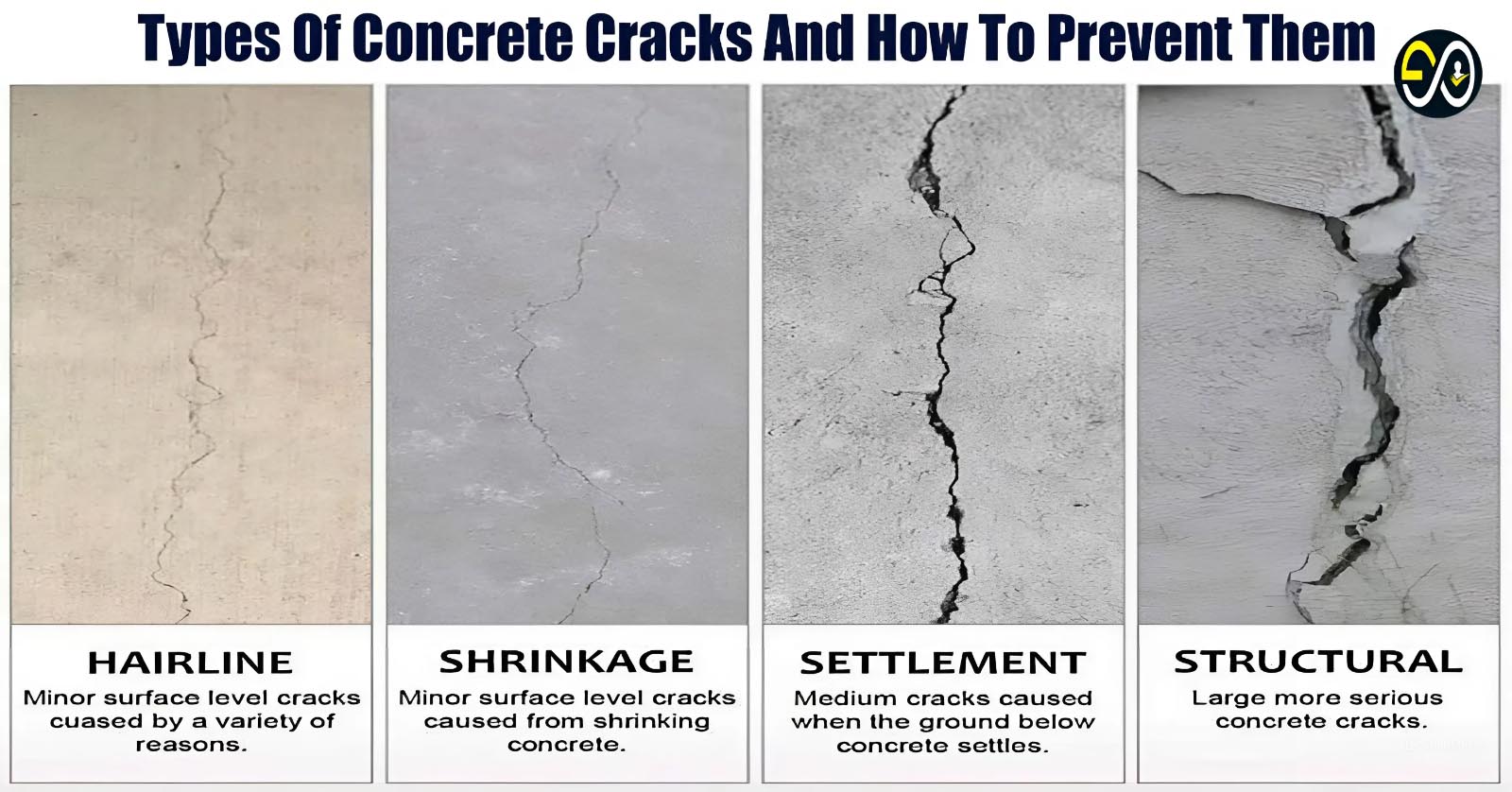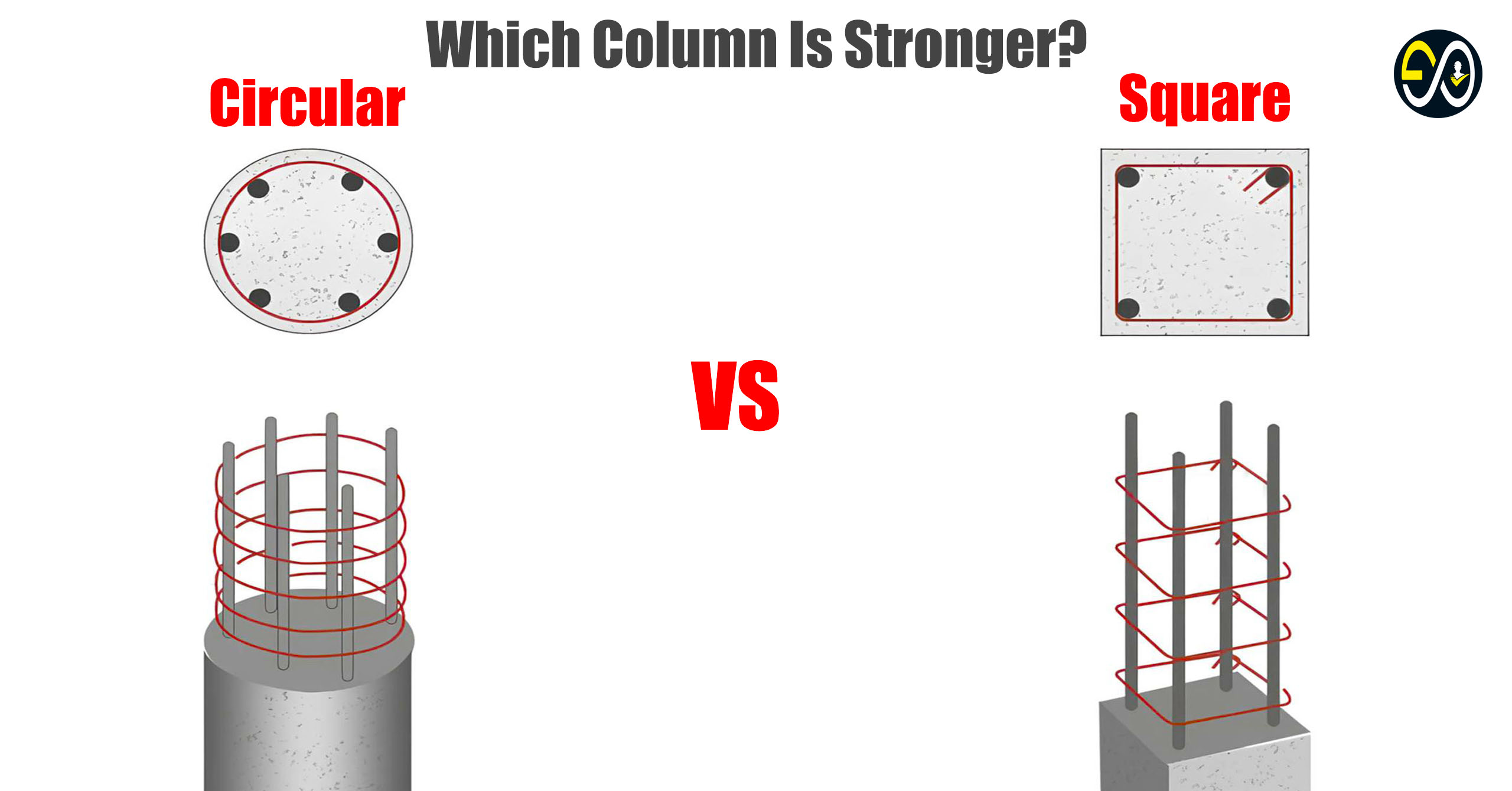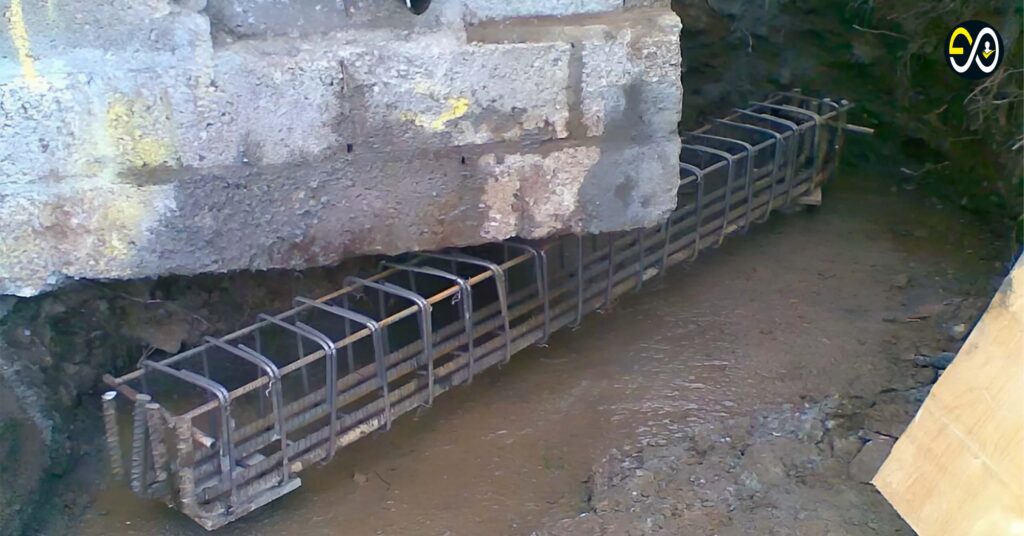
Underpinning is a crucial technique in construction and civil engineering used to strengthen and stabilize the foundation of an existing structure. Over time, buildings may experience foundation problems due to soil movement, poor initial construction, or external factors like nearby excavation. In such cases, underpinning becomes essential to preserve the integrity of the building and avoid collapse. This method is also used to increase the depth of foundations when a building is set to undergo additional construction or load-bearing expansions.
Why is Underpinning Necessary?
There are several reasons why underpinning may be required for a structure. These include:
- Foundation Weakening: Over time, the soil beneath a building may shift, settle, or erode. This can cause the foundation to weaken or become unstable.
- Changes in the Building’s Usage: If the original building was constructed for residential use and is later converted into a commercial property, the foundation might not be strong enough to support the new, heavier load.
- Nearby Excavation: Construction projects near existing buildings may disturb the foundation by removing supporting soil. Underpinning ensures that the building remains secure during such activities.
- Soil Subsidence: Natural events like earthquakes, floods, or landslides can lead to soil subsidence, which in turn affects a building’s foundation. In such cases, underpinning can be used to prevent or repair the damage.

Types of Underpinning Methods
There are several underpinning techniques available, each with its own advantages and use cases. The choice of method depends on various factors such as the type of soil, the condition of the existing foundation, and the structural load of the building.
1. Traditional Mass Concrete Underpinning
This is the oldest and most commonly used form of underpinning. Also known as the pit method, mass concrete underpinning involves digging small sections beneath the existing foundation and pouring concrete into these pits. The process is carried out in phases to ensure the stability of the structure during the underpinning process.
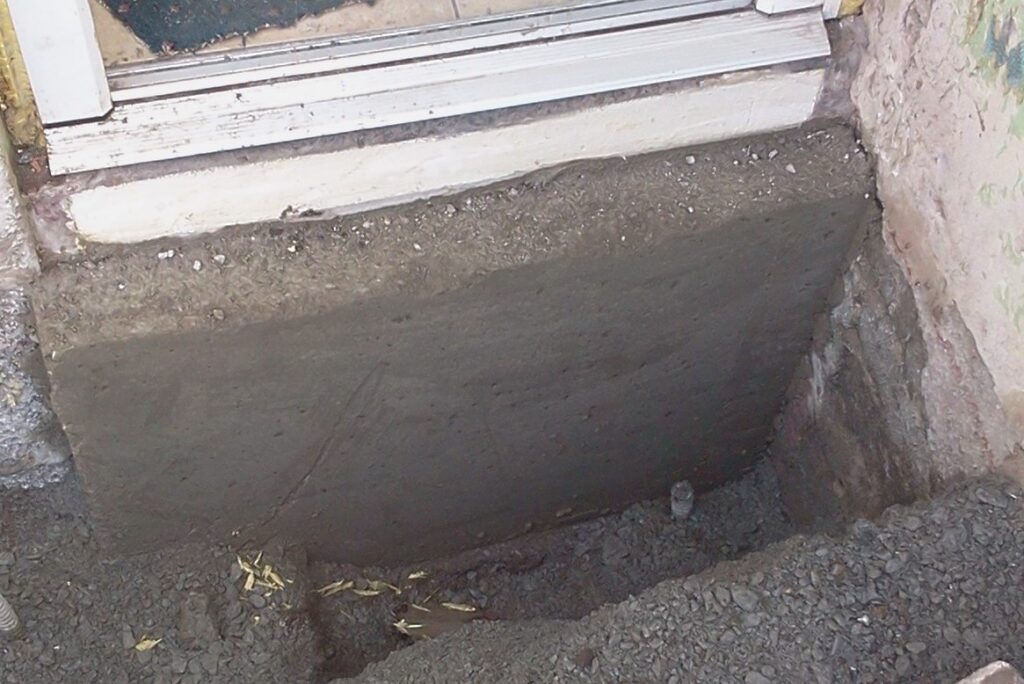
How it Works:
- Small sections, or pits, are excavated under the foundation.
- These pits are filled with concrete, which is left to cure and harden.
- Once the concrete is set, the load of the building is transferred onto the new, stronger foundation.
This method is cost-effective and is typically used in low-rise buildings or structures where minimal disruption is desired.
2. Beam and Base Underpinning
Beam and base underpinning involves creating a reinforced concrete beam that is installed under the foundation. This beam redistributes the load of the structure evenly across a broader area of soil or to more stable layers beneath.

Steps in Beam and Base Underpinning:
- A reinforced concrete beam is installed below or adjacent to the foundation.
- The beam is then connected to piles that are driven deep into the ground, reaching stable soil or bedrock.
- The beam helps to spread the load of the building, preventing any future foundation issues due to soil movement.
This method is especially effective when dealing with larger structures and buildings where the soil is highly variable.
3. Mini-Piled Underpinning
Mini-piled underpinning is used in areas where the soil conditions are highly unpredictable, and access to the site is limited. It involves the use of small-diameter piles, which are drilled deep into the ground to reach stable soil layers. This method is ideal for sites where vibrations and noise must be minimized, making it a popular choice in urban environments.
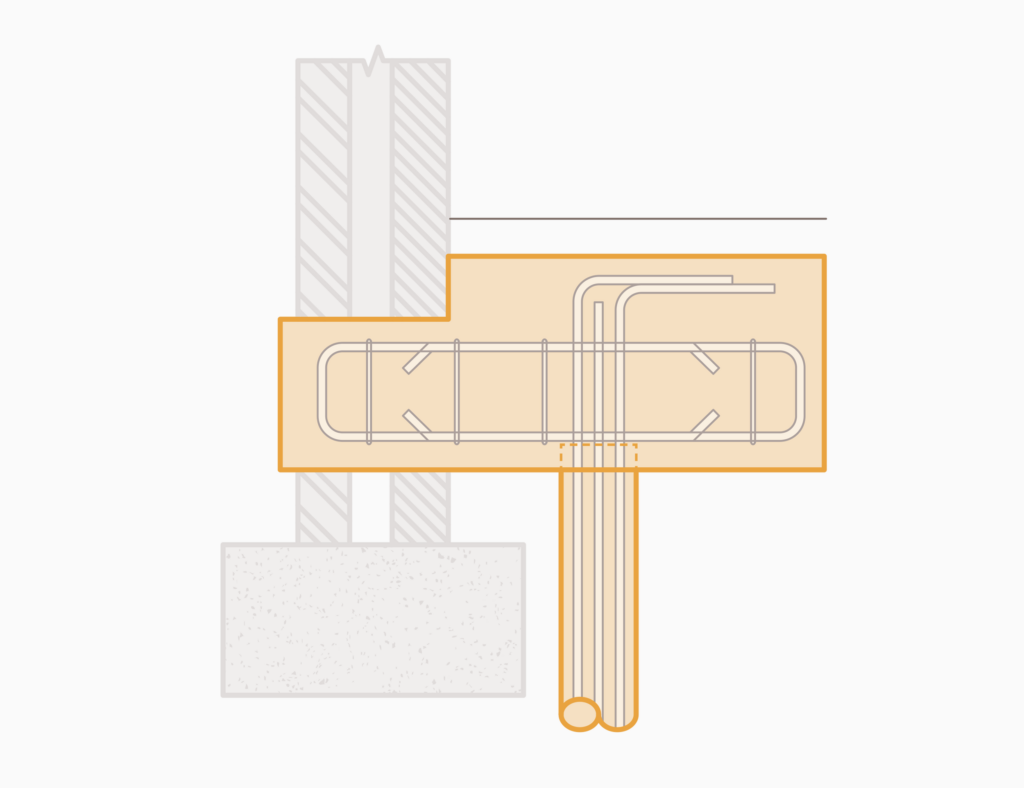
Key Features:
- Mini piles, typically between 100mm to 300mm in diameter, are drilled into the ground.
- These piles are installed deep enough to reach stable soil or bedrock.
- The existing foundation is then connected to these piles using pile caps.
Mini-piled underpinning is more expensive than traditional methods but offers superior results, especially in areas with poor soil conditions.
4. Jet Grouting
Jet grouting is a more advanced and modern method of underpinning. It involves injecting a high-pressure cement grout mixture into the soil beneath the foundation. The grout mixes with the soil, creating a strong and stable support structure.
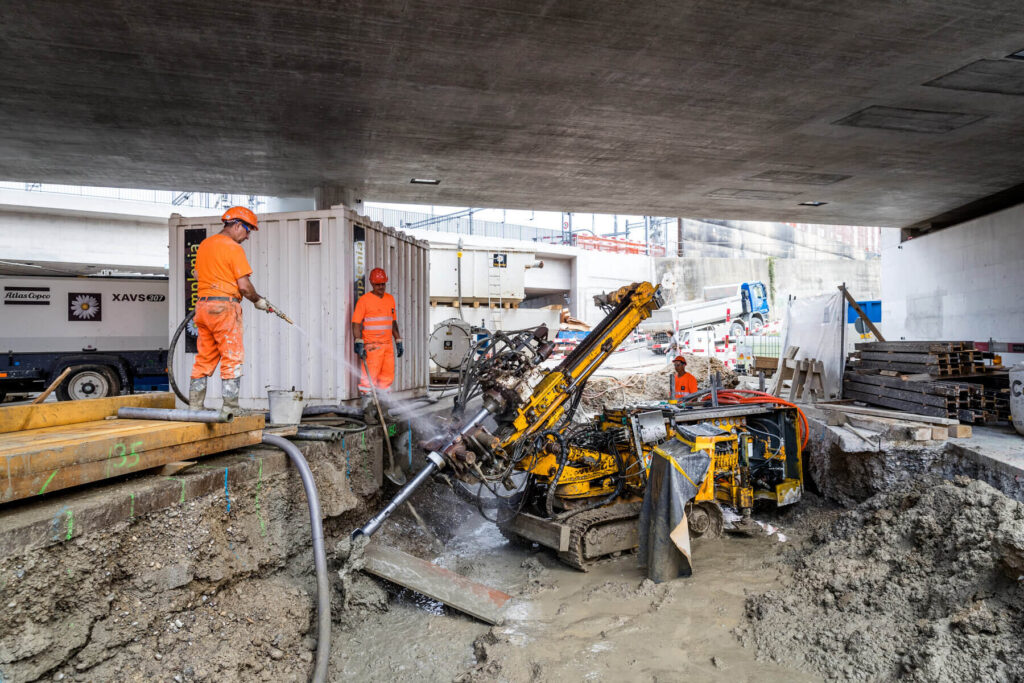
How Jet Grouting Works:
- A rotating jet nozzle is inserted into the ground at high speed, injecting grout into the soil.
- The injected grout solidifies, forming a stable base that supports the structure.
- Jet grouting can be used to strengthen foundations in both vertical and horizontal directions, making it highly versatile.
Jet grouting is commonly used in areas with waterlogged soils or where traditional underpinning techniques are not feasible.
5. Pile Underpinning
Pile underpinning involves driving steel or concrete piles deep into the ground to support the structure. The piles are driven through the unstable soil layers until they reach solid ground or bedrock. These piles then bear the load of the building, bypassing the weak or unstable soil altogether.
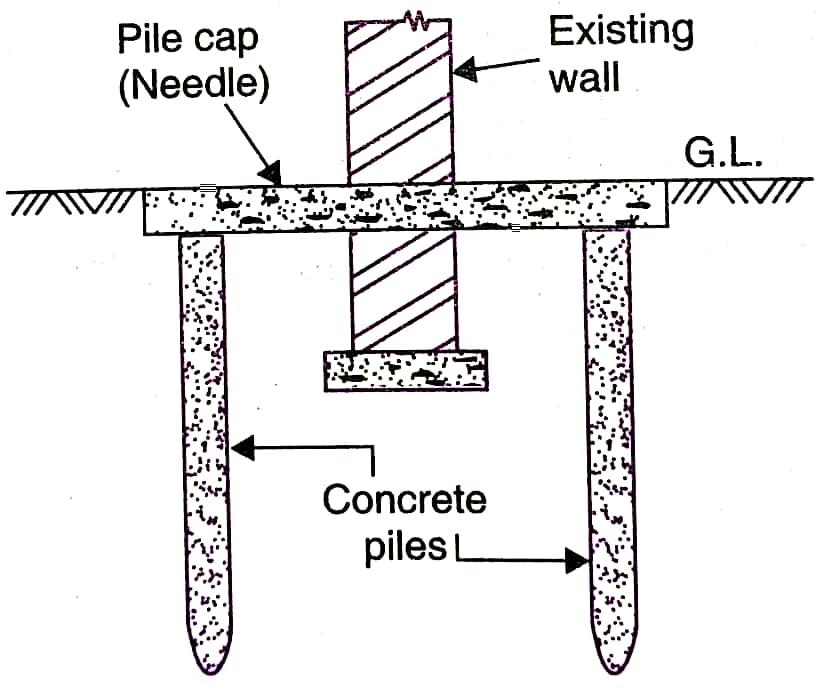
Advantages of Pile Underpinning:
- Suitable for buildings with deep foundations or those that require additional structural support.
- Ideal for sites with poor soil conditions or where ground movement is common.
- Minimally invasive and can be completed with limited access to the building site.
Signs That a Building Needs Underpinning
There are several warning signs that indicate a building’s foundation may be failing and in need of underpinning:
- Cracks in the Walls: Horizontal or vertical cracks appearing in the walls, particularly around windows and doors, are one of the most common signs of foundation problems.
- Sloping Floors: If the floors of the building are noticeably uneven or sloped, this could be a sign that the foundation is shifting.
- Sticking Windows or Doors: When doors or windows become difficult to open or close, it could be due to structural shifts in the foundation.
- Water Damage: Prolonged water exposure can weaken foundations, especially in areas with poor drainage.
The Importance of Professional Expertise
Underpinning is a complex process that requires professional expertise. Mistakes in the underpinning process can lead to further structural damage and may even pose risks to the building’s inhabitants. It is vital to work with licensed engineers and contractors who specialize in underpinning techniques. They will assess the condition of the building, the soil type, and other relevant factors before deciding on the best method of underpinning.
